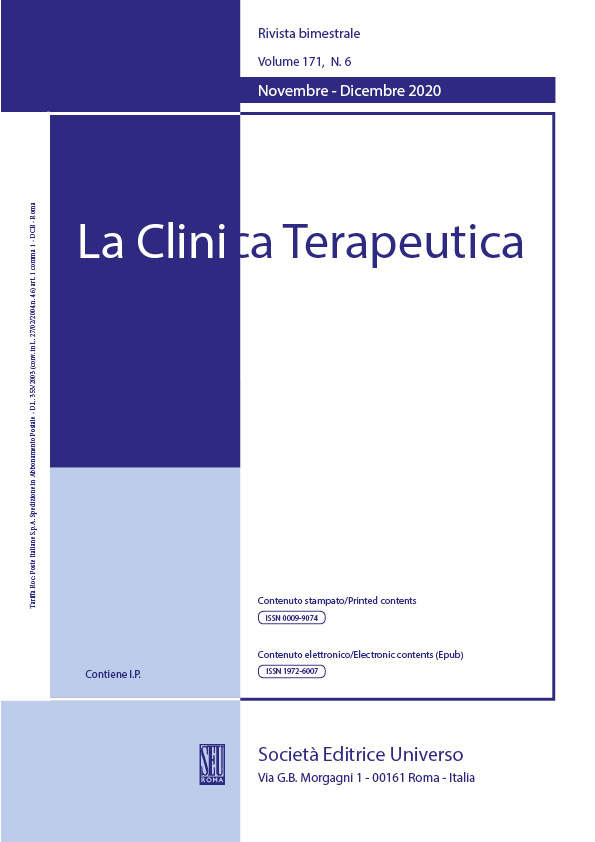Abstract
Background: AneurysmFlow (Phillips Electronics, N.V) is a flow measurement tool utilizing an optical flow-based algorithm from DSA, lacks sufficient published studies. This study aimed to assess the significance of flow velocity changes and the Mean Aneurysm Flow Amplitude (MAFA) ratio in evaluating outcomes following flow-diverting treatments.
Methods: Between June 2021 and October 2022, 41 patients with 42 aneurysms underwent FDS treatment with AneurysmFlow measurement at the Bach Mai Radiology Center.
Results: The tool achieved a 90.5% success rate in 38 out of 42 patients. Most aneurysms (89.5%) were small to medium-sized (<10 mm), and a decrease in flow velocity post-stent deployment was observed in 78.9% of cases. Conversely, 21.1% showed increased flow, mainly in aneurysms smaller than 5 mm. No significant association was found between flow changes or MAFA ratio and aneurysm size characteristics. Twenty-two patients (59.5%) underwent re-examination at 6 months, revealing no correlation in MAFA ratio between completely and incompletely occluded aneurysms.
Conclusions: Our current investigation, primarily centered on small and medium-sized aneurysms, did not uncover any link between quantitative flow changes assessed using the AneurysmFlow software and the occlusion status of aneurysms at the 6-month follow-up post-flow diverter treatment. Larger case series with extended follow-up imaging are necessary to further explore these findings.
